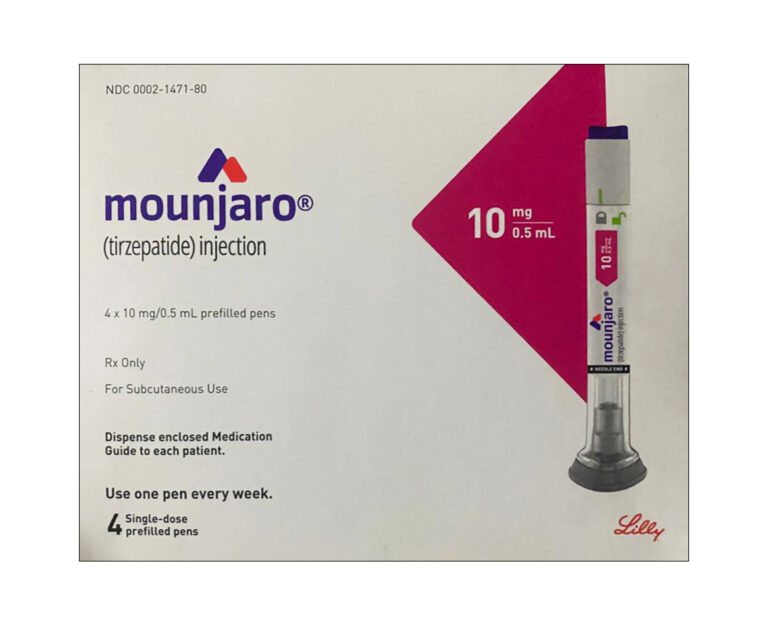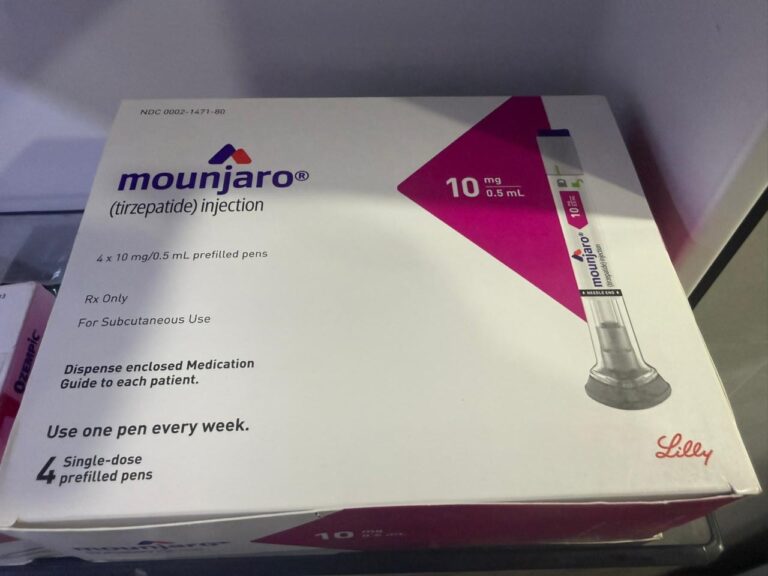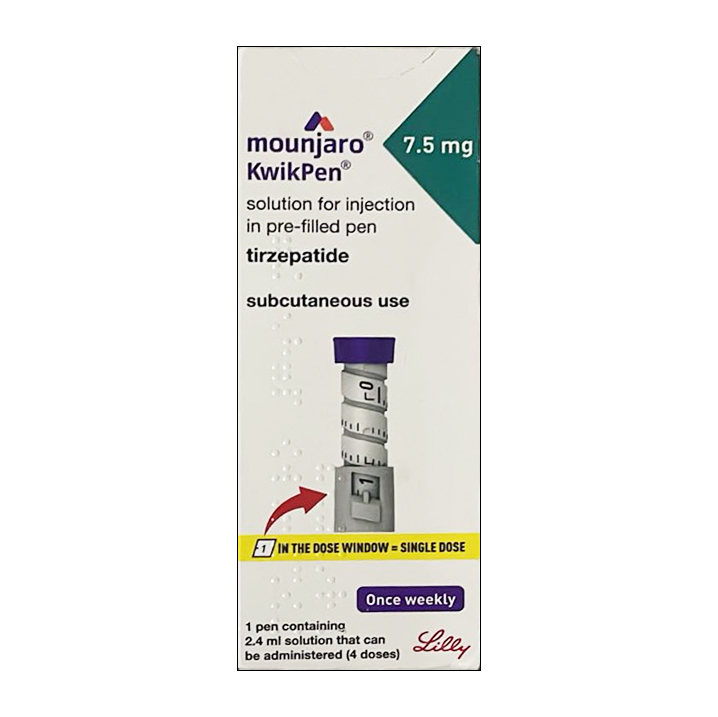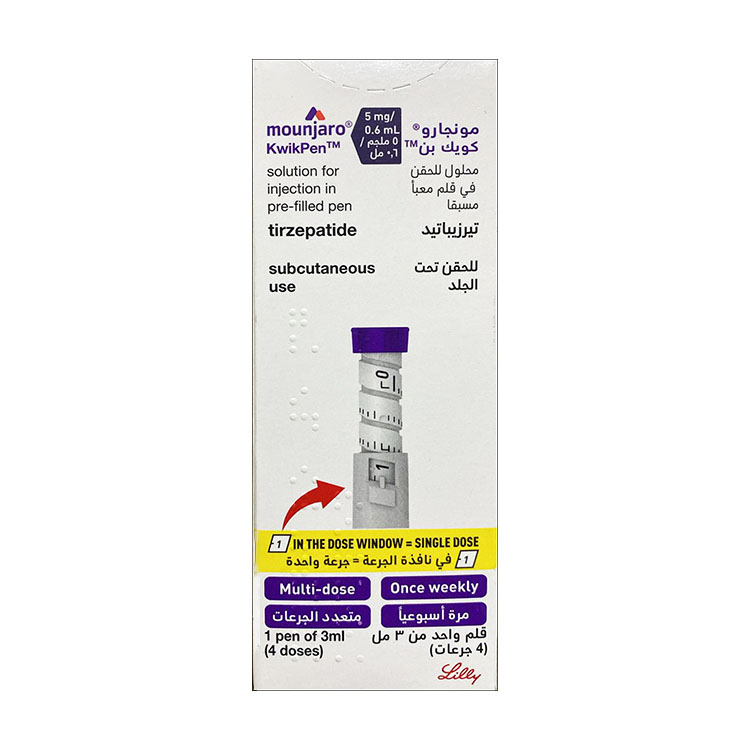Vaginal canal stretchiness or a loose vaginal canal can be the result of many different factors. In this article, we will discuss all the possible reasons for vaginal laxity and how it can be managed through invasive and non-invasive vaginal tightening treatments and procedures.
First, it’s important to understand the condition you are experiencing. Once you identify the root cause, then you can choose the best possible solution for your body.
1. Vaginal Aging
Aging is a natural process, and with time, our body goes through several changes. Just like aging affects our skin and bones, it also impacts vaginal muscles. Weakness in vaginal muscles is a common issue with age, yet very few women give proper attention to their vaginal health.
Today, with increasing awareness, more women are seeking vaginal rejuvenation treatments to restore confidence and improve intimacy. Non-invasive options like vaginal fillers, PDO threads, skin boosters, and laser treatments are available and can make a huge difference in vaginal strength, hydration, and overall health.
If you notice muscle weakness, dryness, or loss of elasticity in the vaginal area, it’s important not to ignore these signs. Taking early steps can prevent further complications and help you feel youthful again.
2. Childbirth Trauma
Childbirth is one of the most common reasons for vaginal laxity. During delivery, several factors play a role such as:
- Baby size and delivery method
- Health of the mother during pregnancy
- Lack of proper care of the vaginal area postpartum
In many cases, especially in Pakistan, women don’t focus much on their recovery after delivery. The pelvic floor muscles often get overstretched, and tissues around the vaginal canal may lose their natural strength. This leads to vaginal looseness, which can affect both health and quality of life.
3. Hormonal Changes (Menopause & Low Estrogen)
Estrogen is a key hormone responsible for maintaining vaginal health. It keeps the tissues elastic, hydrated, and firm. When estrogen levels drop during menopause or due to other hormonal imbalances, women may notice:
- Vaginal dryness
- Thinning of the vaginal walls
- Reduced collagen production
- Weakness and reduced flexibility
Low estrogen also reduces blood flow to the vaginal tissues, which further accelerates laxity and discomfort.
4. Genetic Predisposition
Some women are genetically predisposed to weaker connective tissues. Just like skin elasticity differs from person to person, vaginal tissues may also naturally lack the strength to remain firm over time. If this condition runs in your family, you may notice signs of laxity earlier than others.
5. Pelvic Floor Dysfunction
The pelvic floor is a group of muscles that support the bladder, uterus, and vaginal canal. Chronic strain, lack of exercise, or ignoring pelvic health can weaken these muscles, leading to vaginal looseness.
This is often worsened by lifestyle factors like poor posture, lack of physical activity, or not practicing pelvic floor strengthening exercises (Kegels).
6. Obesity
Being overweight puts constant pressure on the pelvic floor and vaginal structures. This strain weakens the muscles and connective tissues, accelerating vaginal laxity. Obesity also impacts hormonal balance, which makes the problem even worse.
7. Chronic Coughing or Constipation
Repeated straining on the pelvic floor due to chronic coughing (such as from asthma, smoking, or respiratory conditions) or long-term constipation can lead to stretching and weakening of vaginal support tissues.
Over time, this results in laxity and discomfort.
Solutions for Vaginal Laxity
Thankfully, modern aesthetic and gynecological treatments offer effective solutions for vaginal tightening and rejuvenation. These can be broadly divided into non-surgical and surgical options.
Non-Surgical Treatment Options
- Laser Vaginal Rejuvenation (CO2 or Er:YAG) – Stimulates collagen production and tightens vaginal tissues.
- Radiofrequency (RF) Treatments – Uses controlled heat to remodel collagen and improve tone.
- HIFU (High-Intensity Focused Ultrasound) – Provides deep tissue tightening through ultrasound energy.
- Exosome or PRP Injections – Regenerative therapy that improves tissue quality and hydration.
- Pelvic Floor Physiotherapy & Kegel Exercises – Natural method to strengthen muscles (useful in mild cases).
Non-surgical treatments are painless, require minimal downtime, and are ideal for women who want gradual yet noticeable improvement.
Surgical Treatment Options
- Vaginoplasty – Surgical tightening of the vaginal canal by removing excess mucosa and strengthening muscles.
- Perineoplasty – Tightens the perineal muscles, especially helpful after childbirth trauma.
- Labiaplasty (Labial Reduction) – Can be combined with tightening procedures for aesthetic and functional results.
- Combination Pelvic Floor Repair – Recommended for severe laxity, prolapse, or complex pelvic issues.
Surgical procedures offer long-lasting results but may require downtime and proper aftercare.
Final Thoughts
Vaginal laxity is a common issue, but it should not be ignored. Whether caused by aging, childbirth, hormonal changes, or lifestyle factors, it can affect both physical health and emotional well-being.
The good news is that you don’t have to live with it—safe and effective solutions are available. From non-invasive treatments like lasers and PRP to surgical options like vaginoplasty, women now have multiple choices to restore vaginal strength, youthfulness, and confidence.
👉 If you are experiencing vaginal laxity and want to explore the best treatment options for your condition, visit Aesthedoc Clinic Islamabad for advanced vaginal tightening procedures tailored to your needs.













